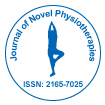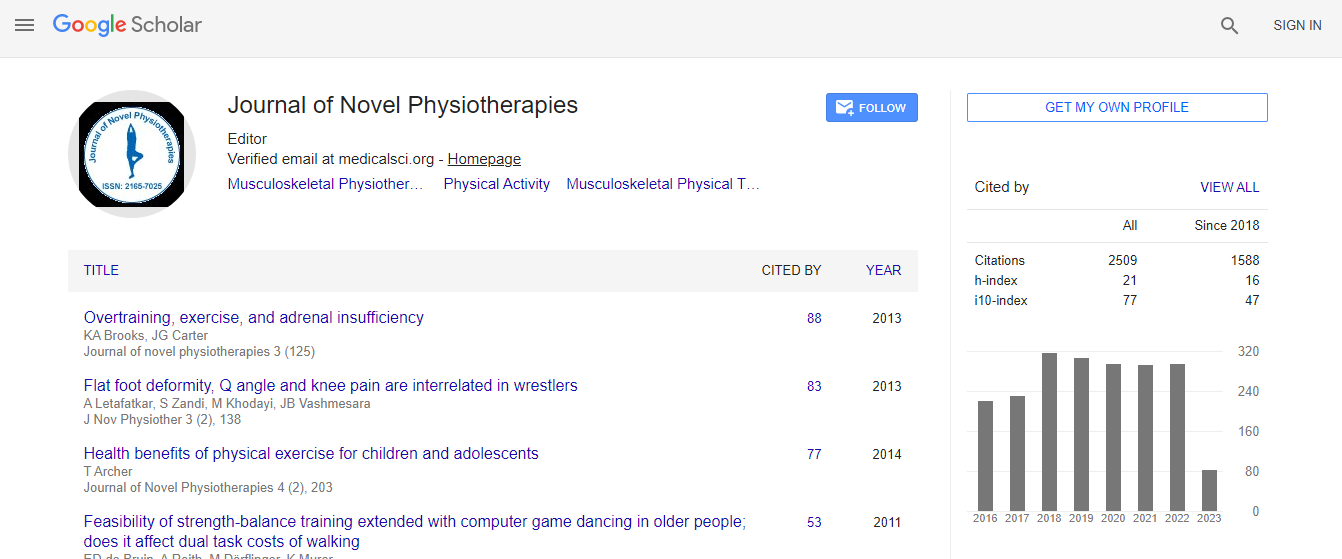Research Article
Application of Glycerin Poultice to the Semitendinous and Semimembranous above the Popliteal Fossa Improves Motor Disturbance in Parkinson Disease
| Yuzuru Yasuda* | |
| Department of Neurology, Yasuda Clinic, 62-7, Takenokaido-cho, Takehana, Yamashina-ku, Kyoto 607-8080, Japan | |
| Corresponding Author : | Yuzuru Yasuda Department of Neurology Yasuda Clinic, 62-7, Takenokaido-cho Takehana, Yamashina-ku Kyoto 607-8080, Japan Tel: +81 75 583 2288 Fax: +81 75 583 2228 E-mail: yuzuru-yasuda@mra.biglobe.ne.jp |
| Received August 18, 2012; Accepted September 18, 2012; Published September 21, 2012 | |
| Citation: Yasuda Y (2012) Application of Glycerin Poultice to the Semitendinous and Semimembranous above the Popliteal Fossa Improves Motor Disturbance in Parkinson Disease. J Nov Physiother S1:005. doi:10.4172/2165-7025.S1-005 | |
| Copyright: © 2012 Yasuda Y. This is an open-access article distributed under the terms of the Creative Commons Attribution License, which permits unrestricted use, distribution, and reproduction in any medium, provided the original author and source are credited. | |
Abstract
It has been reported that application of glycerin poultice to the flexor digotorum profundus in the middle phalanx of the little finger improves motor disturbance of Parkinson disease. I investigated whether the application of glycerin poultice to the semitendinous and semimembranous above the popliteal fossa (GSSP) improved motor disturbance in Parkinson disease. Step length and diameter of the pupil in 20 patients with Parkinson disease and 20 control subjects was evaluated before and after application of GSSP. Motor disturbance in patients with Parkinson disease was evaluated before and after application of GSSP. The application of GSSP increased step length and constricted the pupil in all subjects, which means that application of GSSP caused the decreased tension of the semitendinous and semimembranous and lowered sympathetic nerve activity. With application of GSSP, motor disturbance in patients with Parkinson disease was improved, which is caused by reversing the mechanism of the muscle mechanosensitive reflex.

 Spanish
Spanish  Chinese
Chinese  Russian
Russian  German
German  French
French  Japanese
Japanese  Portuguese
Portuguese  Hindi
Hindi 
